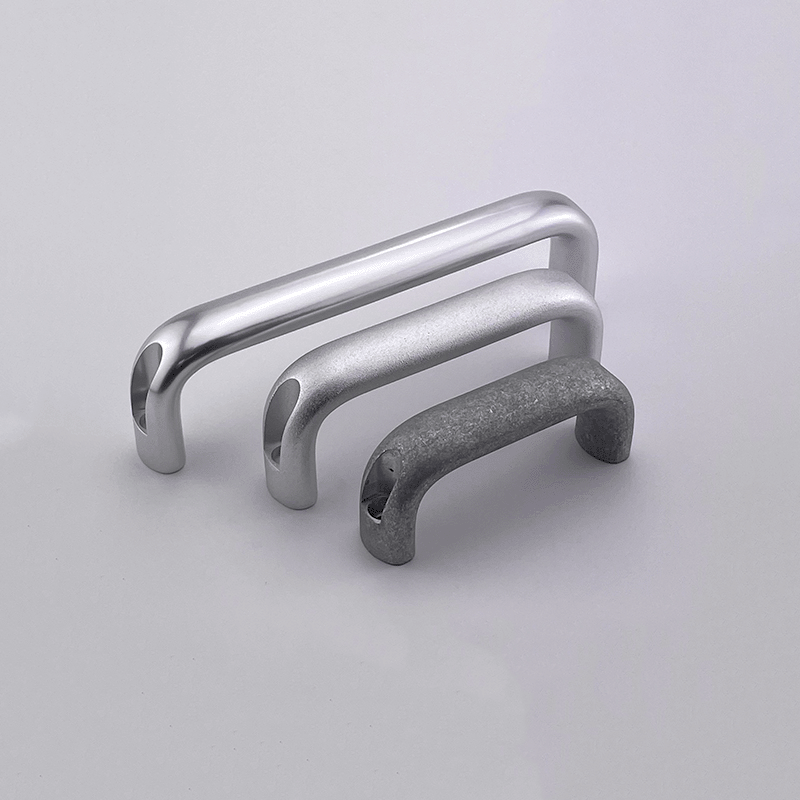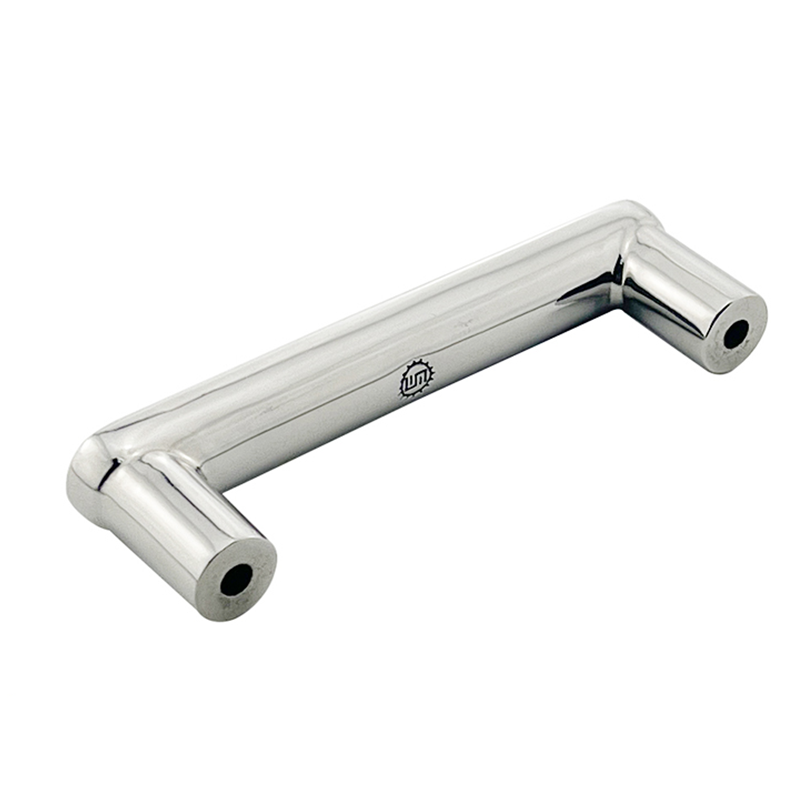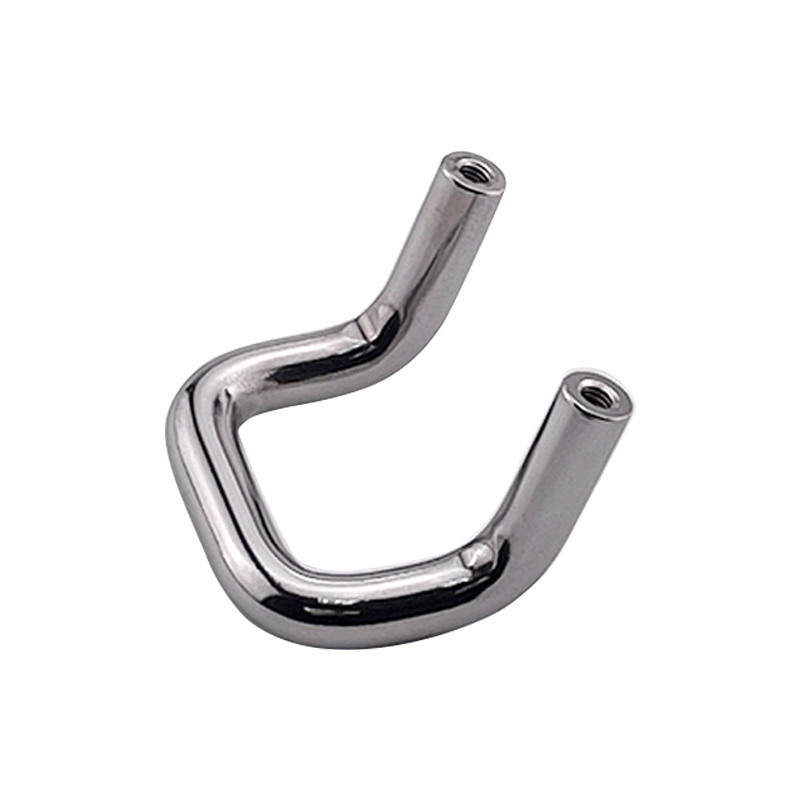In the fast-paced world of industrial automation, the importance of well-designed machine components is greater than ever. While much attention is paid to high-level systems and software, smaller components like ergonomic machine handles play a vital role in the overall usability and performance of automation equipment. These seemingly simple parts can significantly impact operator comfort, safety, and efficiency, especially in environments that require repeated manual interaction with machines.
Why Ergonomic Handles Matter in Industrial Automation
Ergonomic machine handles are specially designed to provide a comfortable, natural grip that reduces operator fatigue during repeated use. In automation environments—whether in automotive, food processing, electronics, or medical manufacturing—machines often require manual adjustments, access to control panels, or operation of movable parts. Without ergonomic consideration, even a small repetitive motion can lead to muscle strain, injuries, or downtime.
Traditional handles with flat or poorly shaped designs may suffice for light-duty use, but for high-performance industrial systems, ergonomically optimized handles are essential. They enable technicians to apply the right amount of force, maintain better control, and avoid awkward hand positions during operation.
Custom Industrial Machine Handle
Features of a High-Quality Ergonomic Machine Handle
Not all machine handles are created equal. An effective ergonomic equipment handle is the result of thoughtful engineering and high-grade materials. Common features include:
● Contoured design: Follows the natural shape of the hand to reduce fatigue
Anti-slip grip texture: Enhances control in oily or wet environments
● High-strength materials, Such as reinforced nylon, aluminum alloy, or stainless steel, for durability
● Heat and chemical resistance: Essential for demanding manufacturing conditions
● Mounting flexibility: Can be top-mounted, side-mounted, recessed, or surface-mounted
● Electrical insulation: For environments where electrical safety is a concern
These characteristics ensure that the handle performs reliably over time, even under heavy-duty use, and across a variety of industrial settings.
Applications in Modern Automation Equipment
Automation machinery spans many sectors—from robotics and CNC machines to pharmaceutical packaging and textile manufacturing. In each case, the operator must interact with some part of the equipment manually. That’s where the ergonomic handle plays a vital role.
Common applications are:
● Control enclosures and electrical cabinets
● Machine access panels
● Sliding doors and covers
● Manual override levers
● Inspection ports and emergency stops
Whether used on stationary systems or mobile platforms like AGVs (automated guided vehicles), industrial machine handles must support repetitive use without causing discomfort.
In high-precision sectors like semiconductor manufacturing or cleanroom environments, custom ergonomic handles are often required, designed to meet cleanliness standards, material compatibility, and operator safety requirements.
Benefits of Custom Ergonomic Handle Design
While standard models cover many use cases, manufacturers often turn to custom equipment handles to suit specific machinery or branding needs. Customization options typically are:
● Handle length and diameter adjustments
● Material selection for weight or environmental factors
● Logo engraving or color branding
● Mounting hole placement to match the existing equipment layout
● Integration with control features, such as buttons or sensors
Investing in custom ergonomic machine handles not only improves user interaction but can also extend the life of equipment by minimizing mishandling or misuse due to discomfort.
From a maintenance perspective, better handling ergonomics can reduce the frequency of replacement caused by misuse or improper grip force. This reduces downtime and improves overall equipment efficiency (OEE)—a key metric in lean manufacturing and industrial environments.
Custom Automation Equipment Handle
Industrial Standards and Compatibility
Most industrial handle suppliers design their handles to meet or exceed international standards such as ISO 9001, CE, and RoHS compliance. This is crucial for manufacturers who export their automation systems or integrate components from global partners.
In addition, ergonomic handles for automation equipment must be compatible with commonly used materials like stainless steel frames, powder-coated panels, or injection-molded housings. Whether the system operates in high-temperature zones, washdown environments, or cleanrooms, the handle must not become the weak point of the machinery.
Final Thoughts
The integration of ergonomic machine handles into automation equipment is a small yet powerful improvement that enhances usability, reduces strain, and contributes to safer working conditions. As automation grows more complex, human-machine interaction points—like handles—must evolve in parallel. Investing in high-quality, ergonomic handles is not just about comfort; it's about maximizing productivity and protecting your workforce.
Manywell, as a trusted source of ergonomic and industrial handle solutions, provides a wide range of handle types that meet the needs of modern automation systems. Browse our high-quality handle collection to see if there's an option that's right for you.


